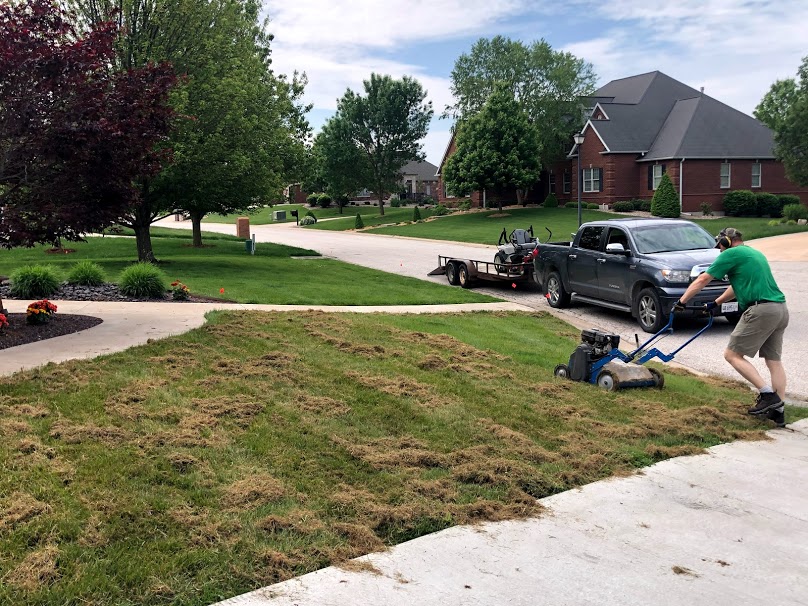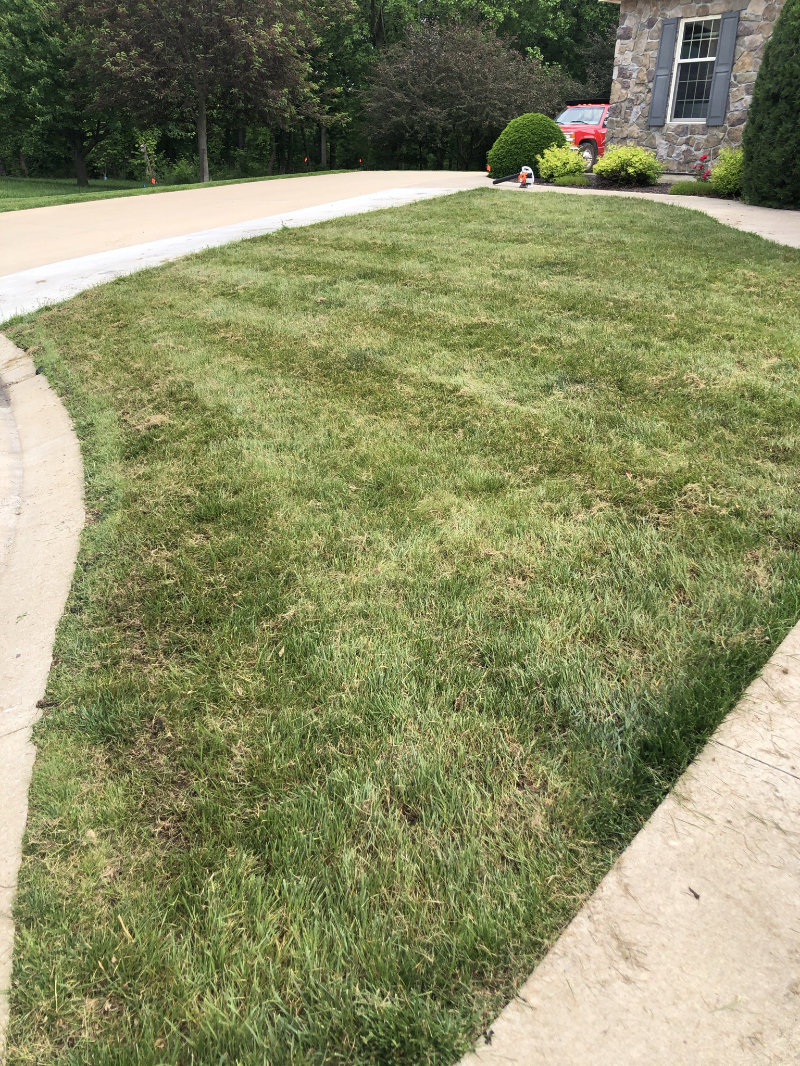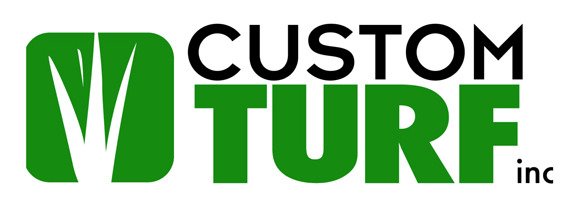What is Dethatching?
Dethatching is the process of removing the thatch layer from your lawn.
This is the thick area, sometimes described as spongy top layer, of ground cover right below the grass layer from your lawn. As a general rule of thumb, up to 1/2 inch of thatch is good for your lawn. This is especially true during times of drought, water restrictions, and high heat when it can act as insulation for the soil by providing a screen from sunlight and help to hold in moisture.

Matt and his crew are very professional. They have the knowledge and experience to get your lawn thick green and weed free!! Don't spend the summer sweating to the oldies pulling weeds! Call Custom turf grab a glass of lemonade and enjoy your golf course!!
John
Thatch that accumulates in excess of 1/2 inch can actually work as a disadvantage to your lawn by creating too much buffer between the soil and the grass, preventing sufficient amounts of water, air, and nutrients (fertilizer) to reach the soil. Excess thatch can also encourage the proliferation of pests such as Chinch bugs, insects, and various lawn diseases and fungus.
Thatch is a layer of living and dead grass shoots, stems, and roots that forms between the green grass blades and the soil surface. Sounds kind of gnarly, we know. However, a half-inch of thatch is good for your yard; it provides insulation from temperature extremes, helps keep moisture in the soil, and gives it a protective layer of cushioning. It’s when thatch builds up to more than ¾-inch thick that’s the problem. Too much decaying plant material can lead to increased pest and disease problems (and reduce the effectiveness of control products), stop oxygen and moisture from reaching the soil and grassroots, and keep your lawn from draining properly. So when the thatch stacks up, some of it’s got to go.
When to Dethatch Your Lawn
The best time to dethatch your lawn is when it’s actively growing and the soil is moderately moist. For cool-season grasses, that’s early spring or early fall. That's when your grass is growing most vigorously.
Steps to Dethatch Your Lawn
- Mow your lawn to half its normal height before you begin dethatching. (FYI: Don’t fertilize before dethatching.)
- Prior to dethatching, mark any shallow irrigation lines, sprinkler heads, or buried utility lines before starting. This is no time for surprises!
- Use a dethatcher machine (also known as a power rake) to pull up the thatch buildup from the lawn.
- After dethatching, your lawn will look ragged. Use a leaf rake or mower with a bagger to get rid of the thatch you loosened up.
- If bare spots were created by dethatching, repair them by seeding. Fall is the best time to overseed after dethatching.
- Once dethatching and overseeding is complete, water your entire lawn to help it recover from all of the poking and prodding.
- Now the nutrients from the fertilizers and rain will reach the intended target, the grass roots, without getting caught up in the thatch buildup.

